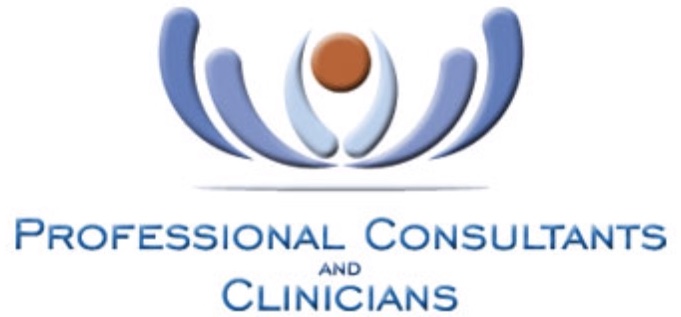The 35 years following World War II were ones of growth and security in the American economy and American corporations. Waves of shock have touched most of us, as an unsteady job market has threatened our illusion of security regarding not only our means of support but also our way of life. While symptoms of anxiety and depression are typically experienced as being profoundly personal, social and interpersonal factors are often lurking in the background. Even those of us who have managed to be unaffected directly through job or income loss are a little more on edge, a little more insecure, a little more on guard, etc. We are transitioning from being a stationary society, in which we are able to depend on resources that are sustainable and reliable, to being a nomadic one. Individuals are increasingly required to be able to move or shift their skills and locations in response to environmental (in this case, corporate) change.
In the course of having come to depend on a stable job market, many of our instincts and survival skills have been put to sleep by the comforting belief that our employer, like a good parent, is watching out for our wellbeing. But corporations have come to value flexibility, in operations and among their workforce, more than loyalty. A nomadic lifestyle, one that requires change for survival, requires a high level of creativity and individuality. For many of us, being able to achieve this orientation requires a huge shift in gears. The move from anger, anxiety and fear in the face of social and job change to ACTION requires a resetting of focus—away from the illusion of comfort and on to the experience of ‘self’. This could be thought of as a shift from ‘other vision’, or even ‘tunnel vision’, to ‘funnel vision’. In order to get in gear for change, it is necessary to turn a wide scope onto the self to bring feelings, instincts, intuitions and motivations into the foreground. These, in turn, provide valuable information as to how to begin seeking a new job, a new career, renewed interest, or increased income or involvement.
Spencer Johnson, M.D., addresses different responses to change in his now classic book Who Moved My Cheese? Cheese in this story is a metaphor for ‘what you want to have in life’—a job, a relationship, etc. The main characters in the story—two mice and two Littlepeople—deal with the loss of their supply of cheese in strikingly different ways. The mice are simpler and more instinct-driven; to them, this is a piece of cake. They simply start looking, sniffing, moving and seeking. The humans, being more cognitively complex and emotional, suffer a different fate. For example, they have developed elaborate lifestyles around their cheese source, never thinking for a minute that it could dry up. Having so much to lose, and having developed very complex beliefs and attachments to the cheese they have acquired, the Littlepeoples’ sense of self is so bound up in the cheese that there is no sense of self independent of it. They are stuck—that is, for a while. Main character “Haw” suffers through painful self-doubt. He is ambivalent and holds back. But time and suffering bring perspective. His eyes open to the fact that he has choices. It is only after he is able to laugh at himself—to not take his fears so seriously—and to look at his options, that he is able to begin to move. Fear has set him back. Once he is able to visualize success, his confidence grows. Haw realizes that “Old beliefs do not lead you to new cheese.” Once he realizes his power as an individual—to observe, to analyze, to make decisions, to take action—Haw understands in hindsight that he could have SEEN the changes in the cheese supply occurring and taken action sooner.
The question that Haw asks himself at a critical turning point: “What would you do if you weren’t afraid?” is one that can open the door to self-observation, self-awareness, and self-expression, to funnel vision. In the book Career Shock, James Cotham III emphasizes this point.
“The key to success in tomorrow’s workplace is self-evaluation, self-confidence, and self-reliance! But there’s more: self-preservation! Self-planning! Self-preparation! Self-initiative! Self-discipline! All are required. In a word, self-management.”
The average job in today’s economy lasts 3-4 years. In order to stay on top of all this change and remain flexible and meaningfully connected, a person must keep a finger on the pulse of his/her own satisfaction while simultaneously reading the stability and reliability of the employer. In addition, it is always a good idea to be aware of options, to stay plugged in, to network and to have “feelers” out.
Take Charge Checklist (from Career Shock)
- Act now. Don’t wait for things to get better somehow.
- Take charge. Don’t depend on anyone else for positive action.
- Be responsible. Don’t fault others or blame bad circumstances.
- Stay current. Don’t dwell on history or depend on past momentum.
- Be thorough. Take all steps necessary to secure your future, however costly or painful to your daily routine and lifestyle.
- Explore. Seek new opportunities for career growth.
- Be optimistic. Become your own cheerleader and ambassador.
- Make the commitment. Take full command of your destiny.
Career Future Checklist (from Career Shock)
- Watch for important trends in your organization or industry.
- Keep ahead of change. Glean all current materials- newspapers, general magazines, and trade publications.
- Continue to learn. Attend professional meetings and developmental seminars.
- Listen to people talk. More importantly, hear what they have to say. Digest it. Decide what it means for you.
- Take action. If necessary, break old habits and routines. Shake loose from peers.
- Do it now.
